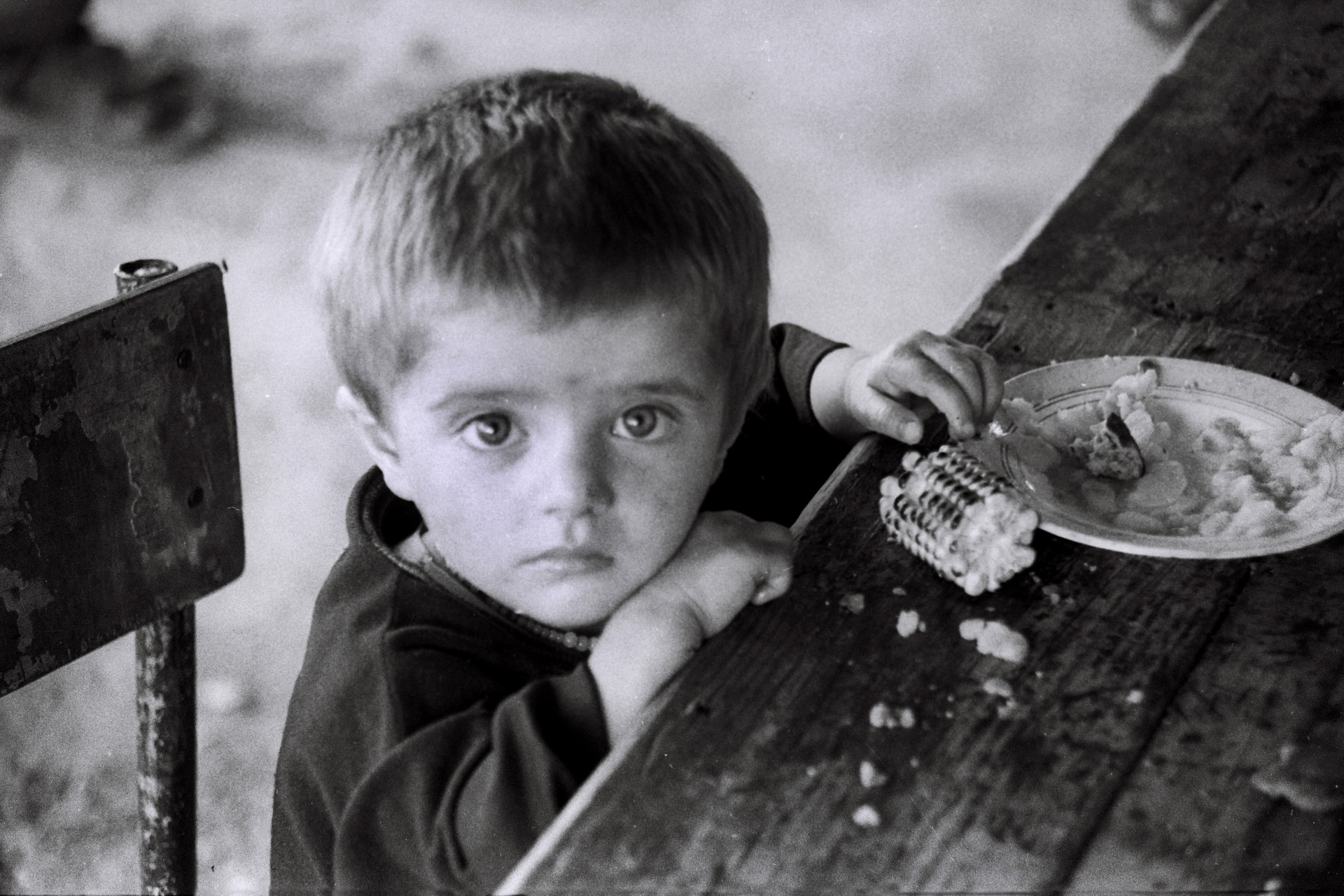The origins of the Nagorno-Karabakh conflict can be traced back to the expansionist policies of the Russian Empire during the 18th Century. The Armenian Christian population which inhabited the Ottoman Empire and Iran was a key element for the Russian Empire to gain secure access to the Persian Gulf.
On 10 November 1724, Peter I of Russia issued a decree allowing the Armenians, who were assigned to the role of a “fifth column” in implementing the Empire’s Eastern Policy, to seize vast territories to the south of the Caucasus, as far as the Persian Gulf, and to settle in Azerbaijani land located along the Caspian Sea, all with the aid of the Russian Army.
Following the Treaty of Turkmanchai in 1828 which established the boundaries between the Russian and Persian Empires, 40,000 Armenians were settled in Azerbaijan. The following year, the Edirne Treaty was signed which concluded the Russo-Turkish War, after which a further 90,000 Armenians who had been living in the Ottoman Empire, were also resettled in Azerbaijan. Between 1828 and 1920, 560,000 Armenians were resettled in Azerbaijan, especially in the area north of the river Araks, which borders Iran and Armenia.
In accordance with a decree of the Russian Emperor Nicholas I of 21 March 1828, the Nakhchivan and Iravan khanates in Azerbaijan were abolished and replaced by a new administrative unit known as the “Armenian Oblast”, governed by Russian officials. In 1849 this region was renamed the Erivan Guberniya [Province]. However, the Armenians fought back and succeeded in bringing about the abolition of the Albanian Christian Patriarchate, and the transfer of its property to the Armenian Church. The Karabakh region, which was being continually penetrated by Armenian elements, lost both its own statehood and ecclesiastical independence as the ‘Gregorianization’ of the Albanian Christian Church took hold of the region.

Meanwhile, radical pro-Armenian political factions had begun to spring up across Europe in France, Geneva and Tbilisi, whose unified aim was to join together the territories where Armenians, who had been resettled from Iran and the Ottoman Empire, inhabited. A combination of vast migration and resettlement of Armenians in Azerbaijan, the growing radicalism of pro-Armenian political parties across Europe and an independence movement amongst the Caucasian Albanian population in Azerbaijan all led to an outbreak of violence in Azerbaijan, and the Karabakh region in particular.
The early part of the 20th Century witnessed a totemic shift in international relations and the collapse of the Russian Empire during World War I had a profound impact on the balance of power in the Caucasus. In 1918, Azerbaijan declared independence as the Azerbaijan Democratic Republic, but only lasted for 23 months until the Bolshevik Army invasion in 1920, which left the country once again under Soviet control.
During this period the Bolsheviks wrongly appointed the Basarkechar, Vedibasar, and parts of the Zangezuur regions of Azerbaijan to Armenia. Soon thereafter the Nagorno-Karabakh Autonomous Oblast (NKAO) was also created in July 1923 and condensed five administrative areas – Askaran, Gadrut, Mardakert, Martuni and Shusha. This new political structure was favourable to Armenia and conducive to further expansionism.
